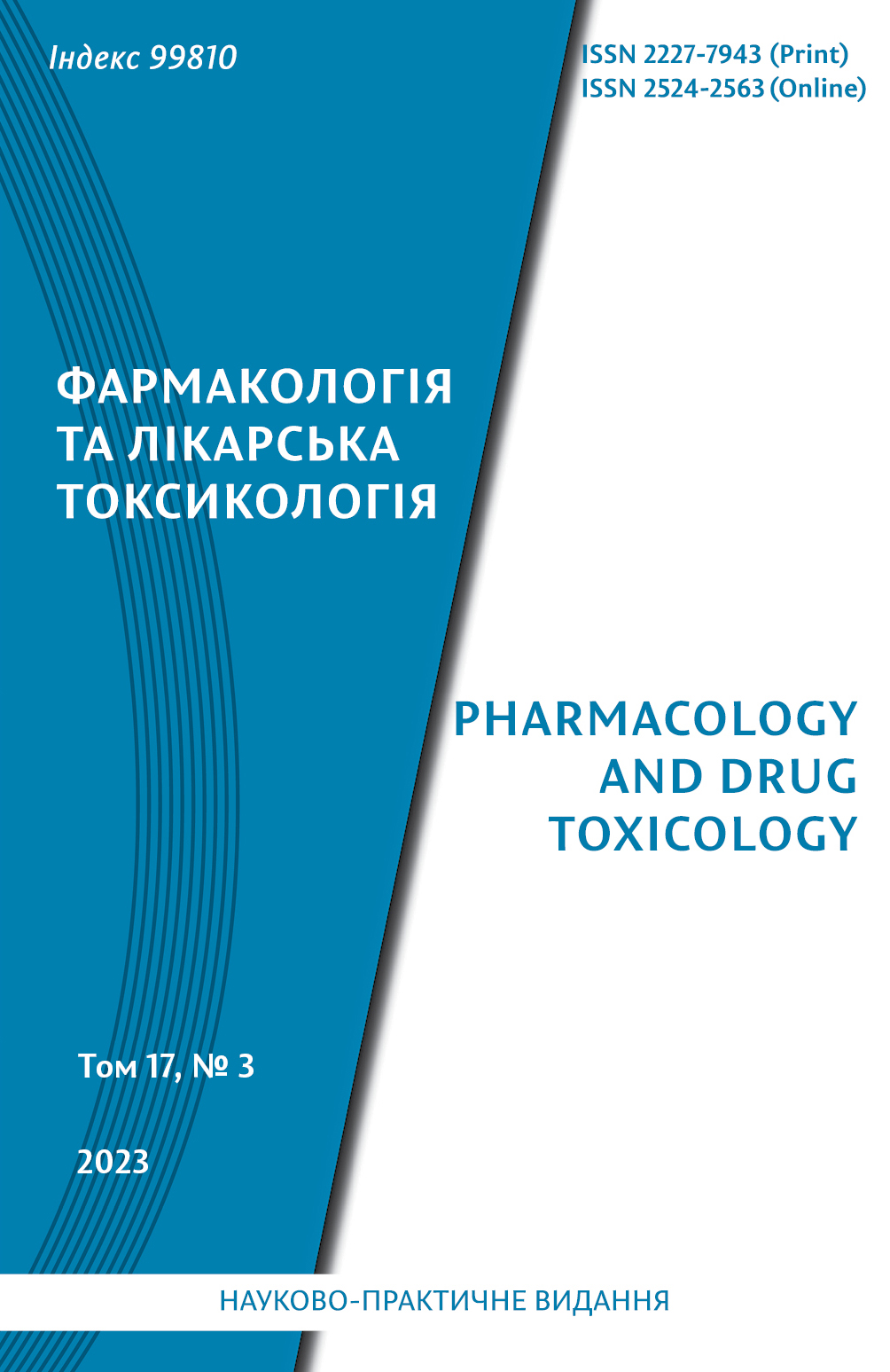Abstract
It is known that brain recovery does not occur, but the regeneration of myelin clearly indicates otherwise. Many studies have shown that there is a correlation between myelin content and cognitive function. According to the recently developed concept of «myelin plasticity», changes in myelin can modulate brain function by affecting the synchronization of signals. Remyelination is a major challenge to prevent neurodegeneration, the irreversible loss of function of oligodendrocytes and axons. This relationship is critical for maintaining axonal integrity and proper signal conduction, especially for patients with multiple sclerosis (MS). Thе process оf myelin repair is very efficient in rodent models in which complete remyelination occurs within weeks or months after experimental damage; in contrast with MS patients. Spontaneous remyelination can occur after trauma or MS. However, the effectiveness of remyelination varies signifi- cantly between MS patients and between individual lesions in each patient. Myelin regeneration is essential for optimal functional recovery, so the development of new therapeutic strategies requires a deep understanding of the cellular mechanisms involved in this process. The article describes animal models and modern nerve cell tracking and imaging techniques that have helped identify the types of cells involved in myelin regeneration. The complex and multimodal nature of multiple sclerosis makes it difficult to accurately mimic the disease in animal models, but these models have been the source of much of our knowledge about the cellular biology of myelin repair. The most widely used models of demyelination are focal demyelination of white matter by intracerebral injection of demyelinating agents (such as lysophosphati- dylcholine or ethidium bromide), massive and widespread demyelination of the brain when taking cuprizone (a copper chelator), experimental allergic encephalomyelitis. In addition to oligodendrocyte progenitor cells identified as the main source of remyelination, other cell populations, including neural progenitors, Schwann cells, have emerged as potential contributors to CNS remyelination. Attention is paid to the conditions that limit endogenous repair, such as aging, chronic inflammation, and the synthesis of extracellular matrix proteins, as well as the role of astrocytes in these processes.
